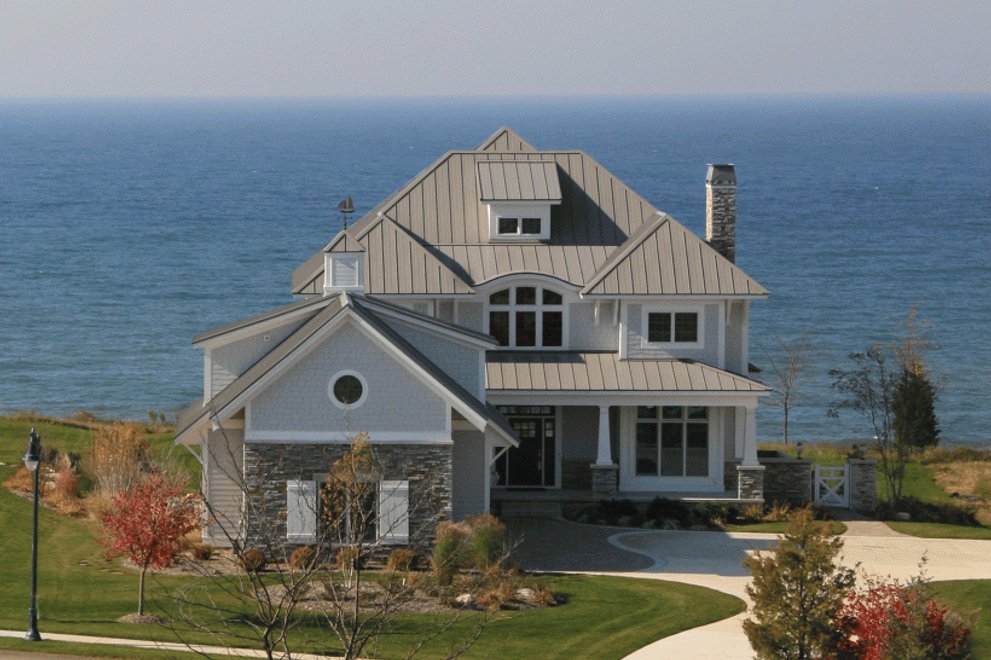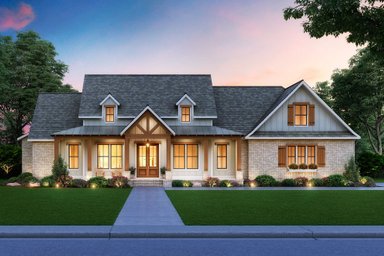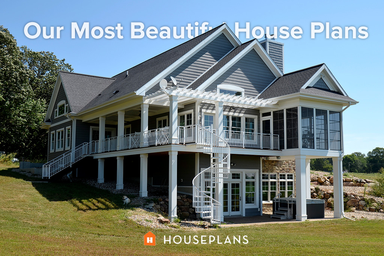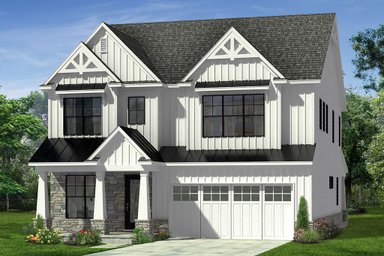On walking tours of Charleston’s historic homes some guides
may tell you that the city’s iconic sideyard houses grew out of the timeless
American desire to escape taxes. A smaller home frontage resulted in lower duties
in this South Carolina city 200 years ago. However logical the account sounds, it
is refuted by most architectural historians. The architectural style, technically known as the Single
House, probably developed out of necessity. Sideyard homes, which evolved to feature
a long porch or piazza along the side of the house, often accessed through a
false front door, date back to the city’s earliest days in the 1680s. Defensive
walls restricted the size of the town. Laying out lots long ways maximized lots
with street frontage.
The popularity of side yard homes also stems from privacy and solar-orientation benefits. Porches tend to be positioned on the west and south sides to protect against harsh late-afternoon sun and capture sunlight for a garden. Typically only one-room wide, the orientation also allows breezes to flow naturally through the house.
Having the porch along the side of the house, instead of the front, makes it a more private space, and in the old days less vulnerable to dust kicked up in unpaved streets. The side location makes it more practical even today to open the porch to the interior through French doors [while preserving privacy from the street]. Parties that begin on the porch can naturally spill inside for dinner, though porch dining is a Southern tradition as well.
The false front door gave rise to Southern customs. “When you were accepting visitors, you would prop the door open,” says architect Mark Jones of LRK Architects who has been the town architect of Celebration, Fla., for the last 15 years. "If that door was shut, people knew that you weren’t accepting visitors.” The
The side yard entry porch at the Southern Living Idea House at Celebration, designed by LRK and shown above (photo courtesy LRK, door at left), recalls the Charleston single house. Sideyard homes, with bright rooms in front and in back, are a popular part of Celebration’s architectural fabric. “People just seem to like rooms with natural light coming from several directions,” says Jones.
Master bedrooms in the original plans were in the front of the house, where they could capture the most fresh air. Allison Ramsey Architects markets a variation on the traditional side yard plan today with the master
down. “That’s an adaption that we’ve made for modern living,“ says Cooter Ramsey. The plan includes strategically placed bump outs that provide visual interest and even more cross ventilation.
Sideyard plans create additional floor-plan efficiencies. With the real front door in the middle of the house, and front entries that typically include a central stairway to the second floor, less space is lost to circulation
from back to front. Here's a design by C3 Studio, the Plan 900-6, with an abbreviated side porch.
The layout shows how the side porch brings light into the living room and kitchen. Second-floor landings often connect to bedrooms on either side with minimal hallway space. Also, the outdoor porches effectively become exterior hallways.
As their name implies, Sideyards produce a coveted yard in tight urban situations. There was an unwritten rule that neighbors didn’t venture into the yard on the north side of their house – the space “belonged” to their neighbor, who would often turn it into a garden. Sideyards served as inspiration for the zero-lot-line homes that began appearing in Western cities in the 1970s.
Jones owned a Sideyard home in a neo-traditional community in Memphis before he moved to Florida. He had helped to write neighborhood guidelines that gave owners a sideyard “use easement,” even though their neighbor’s property technically extended five feet from the foundation. LRK settled on that solution because building codes didn’t permit windows along zero lot lines. When Jones went to build a privacy fence for “his” sideyard, his neighbor “called the police to say that I was on her lot. I told her this is the way it’s supposed to be. It was hard for her to understand -- the idea that you would just live to one side of the house.”
Sideyard homes, or variations on them, are often found in Southern traditional neighborhood developments. Generations ago, the style spread as far north as Alexandria, Va. The basic plan is flexible enough that it can be adapted to fit a variety of architectural styles. That’s very apparent when walking the streets of Charleston, where you can find nearly every style that was popular through the years
including Georgian, Federal, Italianate, and Gothic Revival. Here's a Caribbean-inspired adaptation from architect Bruce Tolar in his
Plan 536-5. The floor plan shows how the wrap-around porch expands on the side porch idea. In
Plan 443-14 by Gulf Coast Cottages, the front porch could be the main entrance or the house could be re-oriented so the master bedroom faces the street and the front door opens off the side porch into the hall or the kitchen/great room.
Sideyards can also be found in a wide range of sizes, everything from small homes with a plain gable to the street to multistory homes with porches that rise above the tree line. But Ramsey says you need to be careful when you take the design to other cities. “The style is so architecturally specific that you have to be careful where you do them,” says Ramsey. “Some of our most popular houses are actually Sideyards. But they’ve been adapted slightly to better address their specific location….You need to adapt the architectural language to fit the local vernacular.”
Jones thinks that Sideyard homes work better in groups, since they are basically townhome plans. A single plan standing alone would stick out like a sore thumb. “It needs its brothers and sisters to give it purpose. You need to create a rhythm along the street.”
The popularity of side yard homes also stems from privacy and solar-orientation benefits. Porches tend to be positioned on the west and south sides to protect against harsh late-afternoon sun and capture sunlight for a garden. Typically only one-room wide, the orientation also allows breezes to flow naturally through the house.
Having the porch along the side of the house, instead of the front, makes it a more private space, and in the old days less vulnerable to dust kicked up in unpaved streets. The side location makes it more practical even today to open the porch to the interior through French doors [while preserving privacy from the street]. Parties that begin on the porch can naturally spill inside for dinner, though porch dining is a Southern tradition as well.
The false front door gave rise to Southern customs. “When you were accepting visitors, you would prop the door open,” says architect Mark Jones of LRK Architects who has been the town architect of Celebration, Fla., for the last 15 years. "If that door was shut, people knew that you weren’t accepting visitors.” The
The side yard entry porch at the Southern Living Idea House at Celebration, designed by LRK and shown above (photo courtesy LRK, door at left), recalls the Charleston single house. Sideyard homes, with bright rooms in front and in back, are a popular part of Celebration’s architectural fabric. “People just seem to like rooms with natural light coming from several directions,” says Jones.
Master bedrooms in the original plans were in the front of the house, where they could capture the most fresh air. Allison Ramsey Architects markets a variation on the traditional side yard plan today with the master
down. “That’s an adaption that we’ve made for modern living,“ says Cooter Ramsey. The plan includes strategically placed bump outs that provide visual interest and even more cross ventilation.
Sideyard plans create additional floor-plan efficiencies. With the real front door in the middle of the house, and front entries that typically include a central stairway to the second floor, less space is lost to circulation
from back to front. Here's a design by C3 Studio, the Plan 900-6, with an abbreviated side porch.
The layout shows how the side porch brings light into the living room and kitchen. Second-floor landings often connect to bedrooms on either side with minimal hallway space. Also, the outdoor porches effectively become exterior hallways.
As their name implies, Sideyards produce a coveted yard in tight urban situations. There was an unwritten rule that neighbors didn’t venture into the yard on the north side of their house – the space “belonged” to their neighbor, who would often turn it into a garden. Sideyards served as inspiration for the zero-lot-line homes that began appearing in Western cities in the 1970s.
Jones owned a Sideyard home in a neo-traditional community in Memphis before he moved to Florida. He had helped to write neighborhood guidelines that gave owners a sideyard “use easement,” even though their neighbor’s property technically extended five feet from the foundation. LRK settled on that solution because building codes didn’t permit windows along zero lot lines. When Jones went to build a privacy fence for “his” sideyard, his neighbor “called the police to say that I was on her lot. I told her this is the way it’s supposed to be. It was hard for her to understand -- the idea that you would just live to one side of the house.”
Sideyard homes, or variations on them, are often found in Southern traditional neighborhood developments. Generations ago, the style spread as far north as Alexandria, Va. The basic plan is flexible enough that it can be adapted to fit a variety of architectural styles. That’s very apparent when walking the streets of Charleston, where you can find nearly every style that was popular through the years
including Georgian, Federal, Italianate, and Gothic Revival. Here's a Caribbean-inspired adaptation from architect Bruce Tolar in his
Plan 536-5. The floor plan shows how the wrap-around porch expands on the side porch idea. In
Plan 443-14 by Gulf Coast Cottages, the front porch could be the main entrance or the house could be re-oriented so the master bedroom faces the street and the front door opens off the side porch into the hall or the kitchen/great room.
Sideyards can also be found in a wide range of sizes, everything from small homes with a plain gable to the street to multistory homes with porches that rise above the tree line. But Ramsey says you need to be careful when you take the design to other cities. “The style is so architecturally specific that you have to be careful where you do them,” says Ramsey. “Some of our most popular houses are actually Sideyards. But they’ve been adapted slightly to better address their specific location….You need to adapt the architectural language to fit the local vernacular.”
Jones thinks that Sideyard homes work better in groups, since they are basically townhome plans. A single plan standing alone would stick out like a sore thumb. “It needs its brothers and sisters to give it purpose. You need to create a rhythm along the street.”






